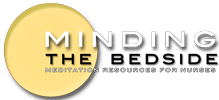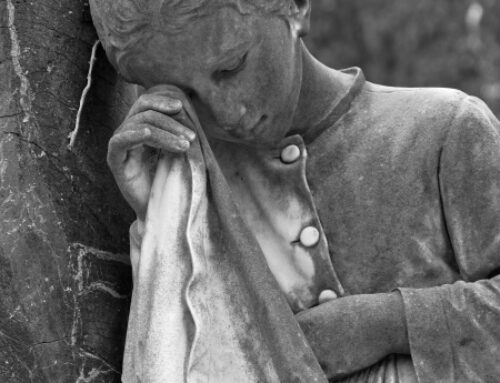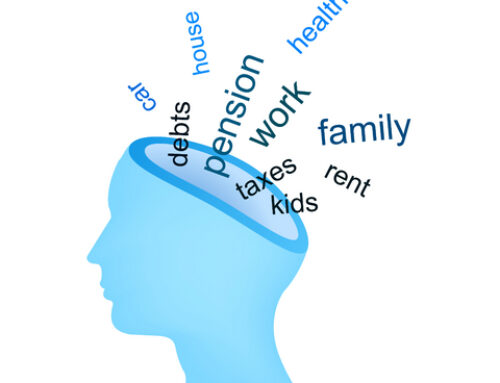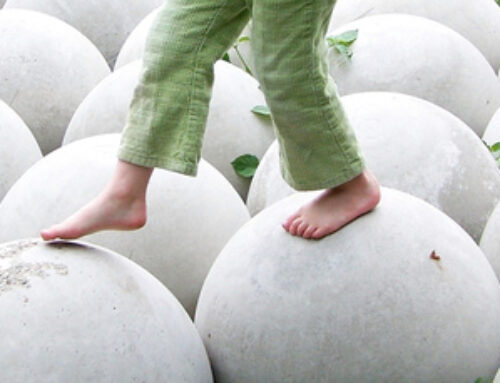MEDITATION TIP OF THE WEEK
MEDITATION TIP OF THE WEEK IS A SERIES OF VERY SHORT, EASY TO REMEMBER, AND BASIC TIPS ON MEDITATION. PLEASE LET ME KNOW WHAT YOU THINK, IS IT HELPFUL?
WHO ARE YOU? And, who are you…when you meditate?
When you meditate, what do you think about? Or even better, what do you think about…yourself? Does it ever occur to you to watch the meditator?
So often in meditation, when we begin to practice, or even when we’ve been practicing for a while, we find ourselves returning to our thoughts, emotions, ideas, and distractions and identifying them as “me.”
What meditation does, at its deepest level, is to help you to free yourself from grasping after a “self,” a self that you may identify with your feelings, your hopes and fears, and your projections. What meditation does, at its deepest level, is to help you understand the impermanent “self” that – most of the time – causes you nothing but pain and uncertainty. Why and how?
For some people, and in some methods, “meditation” is defined as a relaxation technique, a way to de-stress from everyday life and find inner piece. That’s good; most of us need a way to remove ourselves from normal speed and aggression that we find ourselves lost in on a day-to-day basis. But, if we simply stop there, stopping at the “relaxation” response associated with meditation, and don’t investigate more deeply, we deny to ourselves the knowledge of who we are, without the ornaments of our feelings, hopes, fears…etc.
Just for a moment, reflect on this:
Who are you without your thoughts and feelings? Who are you without your hopes and fears? Who are you when you simply “are,” when you simply “be?” Are you your thoughts? Are you your feelings? What happens when your thoughts and feelings change? What happens when your hopes and fears change? If you are your thoughts, feelings, hopes and fears, do you change as immediately as they do? If not, then who are you…really?
The gift of learning to meditate is that as you practice and as you learn to simply sit with what is, and see that “what is” changes – constantly! – you’ll begin to connect to an aspect of yourself that is dependent on your arising thoughts, feelings, and emotions. You’ll begin to connect with a “self” that, for lack of better words, goes beyond the self that you’re used to identifying with. This “self” is known by many names, in many traditions; “Divine” self, “Buddha-nature,” “Atman,””Ain sof”…and the list goes on.
When you meditate, what’s most important is not so much that you define what this nature is as that you experience it. And a good way to experience that “selfless” self is to meditate on the meditator, meditate on who you are without the thoughts, feelings and sensations. This doesn’t mean that you grab-hold of “someone,” but rather that you just rest in the nature of yourself without all of the other “ornaments.” Does this make sense?
At some point, especially when engaging this aspect of “self,” words simply cannot provide an adequate description of what this nature of your mind is. At some point, you can just “be” and connect with this nature of who you are. How to begin?
I’ve got two free ebooks that you can download from this site, Can Meditation Change the Way that You View Your World?, and How to Work with the Four Distractions to Meditation, that are particularly useful in learning to work with the “self” that shows up in meditation based on your thoughts, sensations, feelings and emotions. Download them and see if they’re useful in helping you to work “watching the meditator.
As always, please feel free to share your comments. And, as always, please feel free to contact me if you’d like to see additional content or other discussions on this site.
Enjoy!






I am visiting you site daily now while I am resetting my work experience. I find the sections that I read very helpful to finding a place
of peacefulness and awareness while I navigate this tough patch.
Thank you